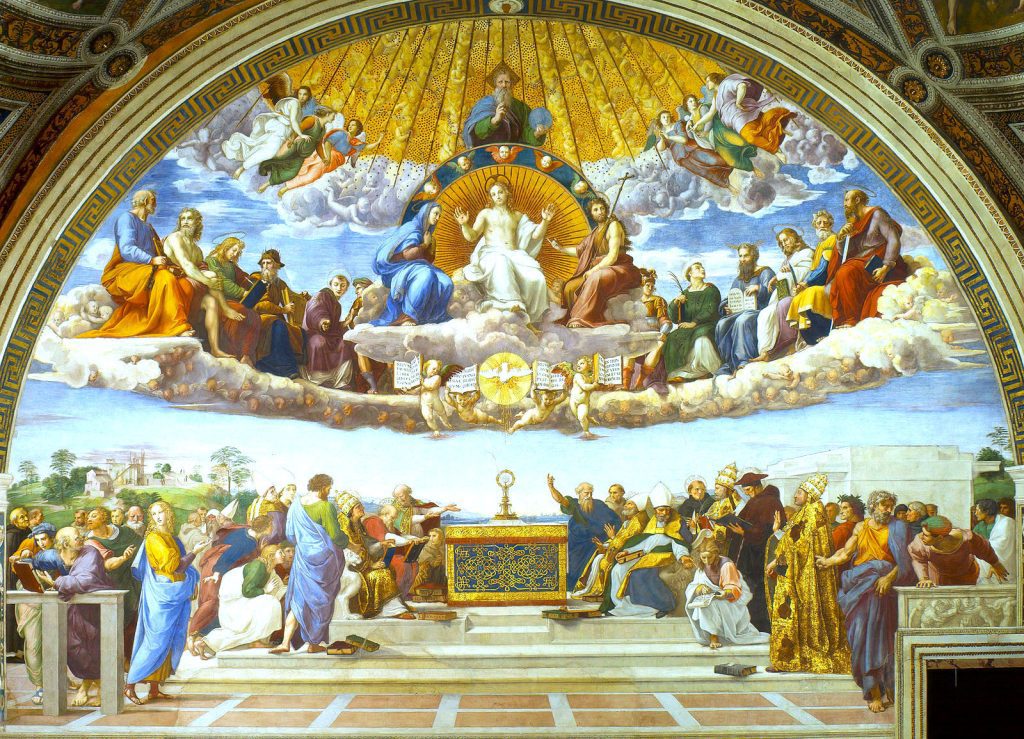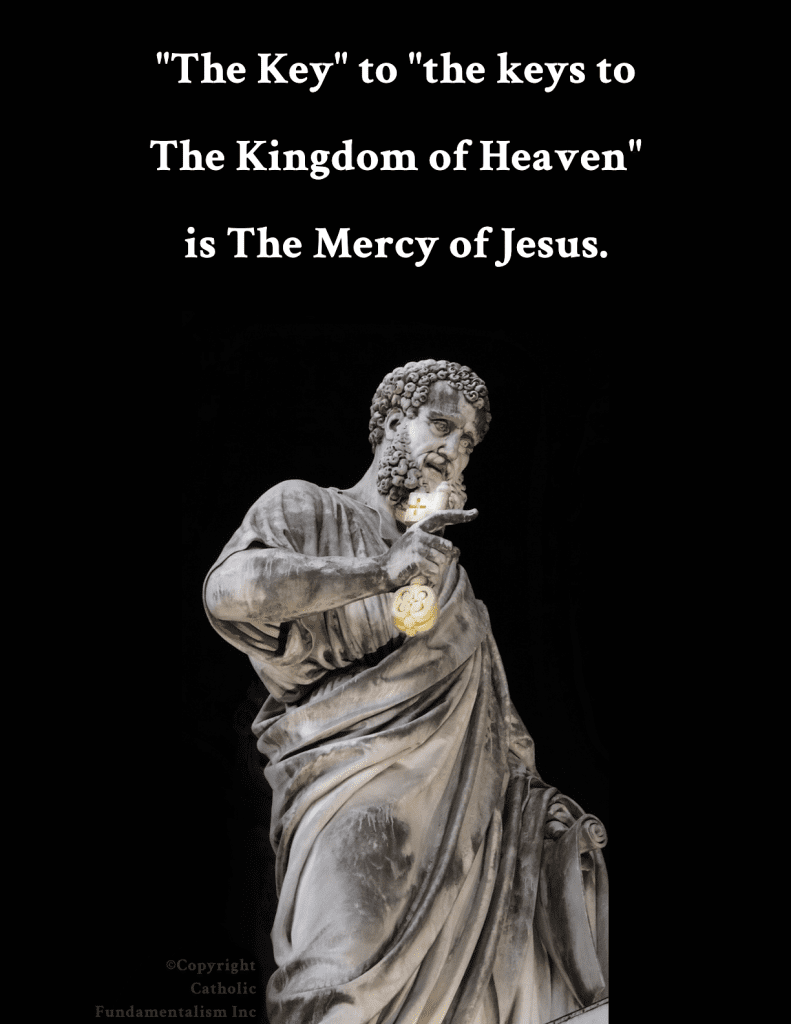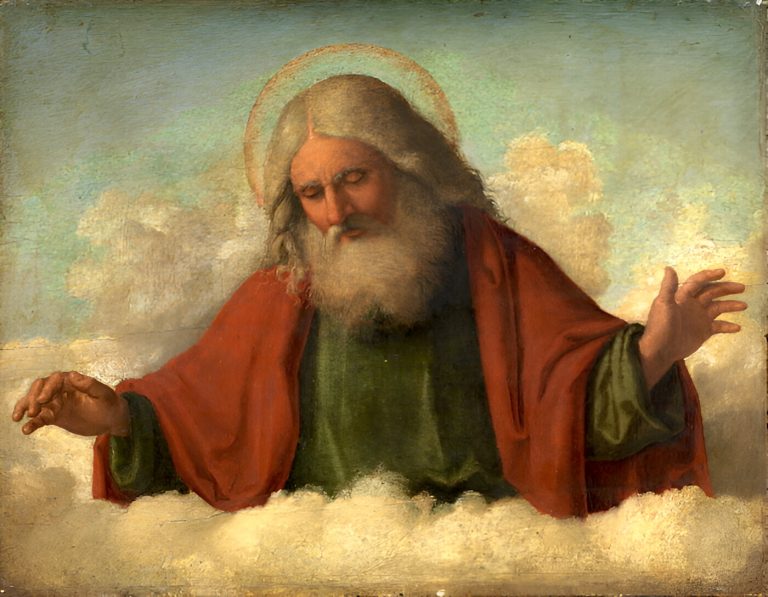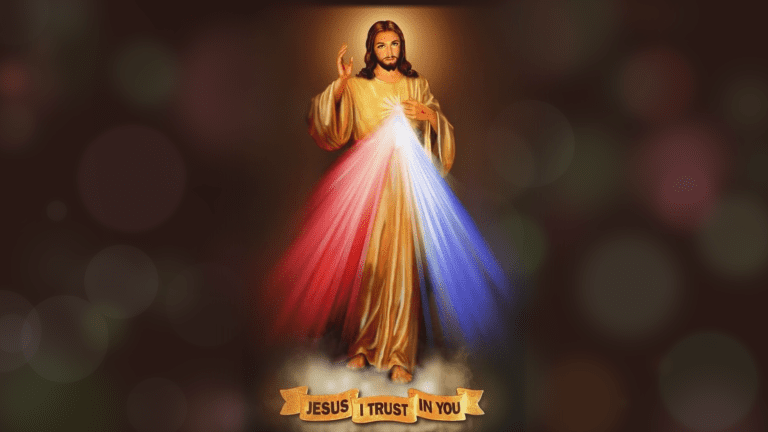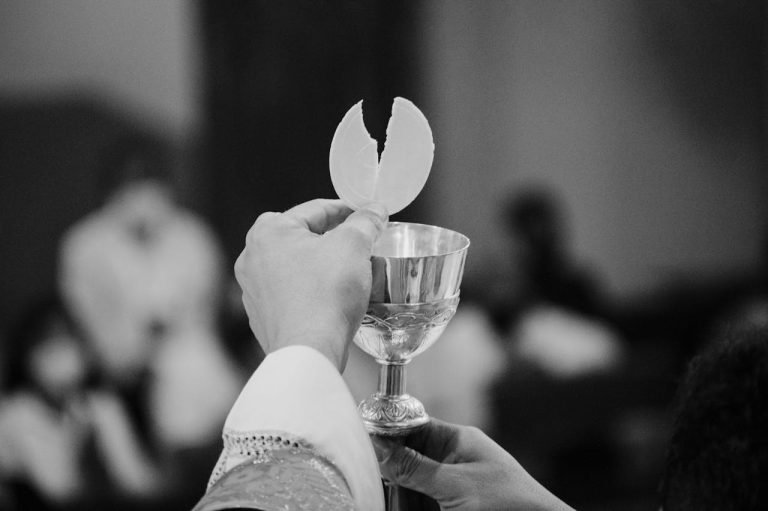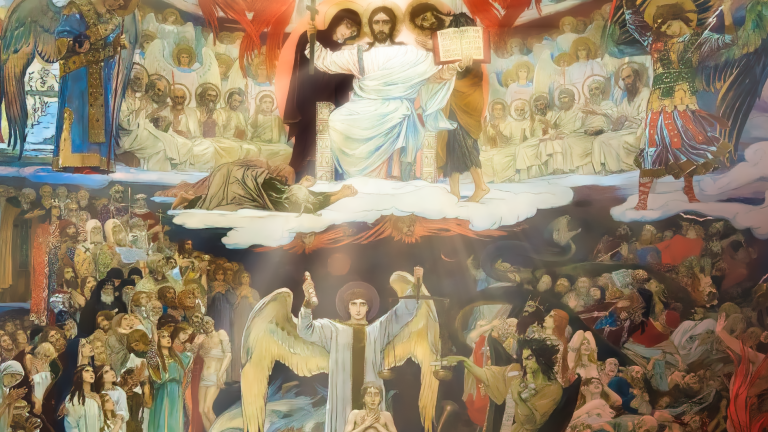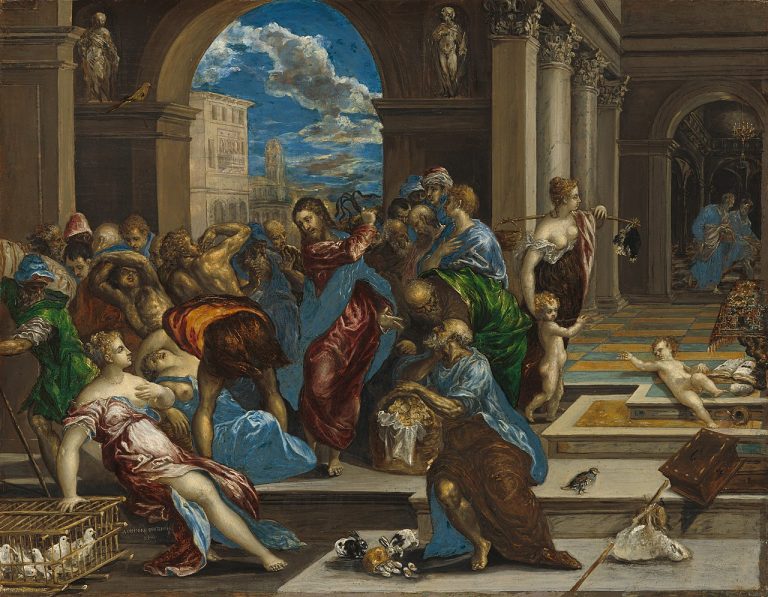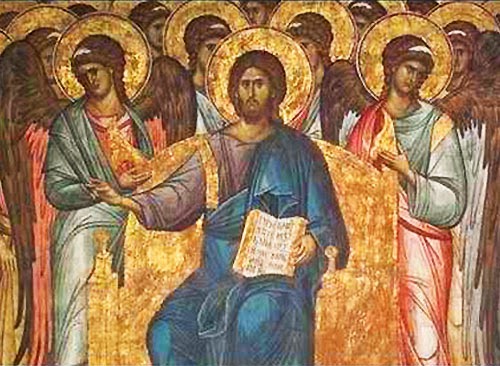
John 21: 1-14 tells us that His Disciples caught 153 large fish after they followed Jesus’ instructions.
Simon Peter said to them, ‘I am going fishing.’ . . . but that night they caught nothing. . . When it was already dawn, Jesus was standing on the shore; . . . .
“Jesus said to them, ‘Children, have you caught anything to eat?’ They answered him, ‘No.’ So he said to them, ‘Cast the net over the right side of the boat and you will find something.”. . . . So Simon Peter went over and dragged the net ashore full of one hundred fifty-three large fish. Even though there were so many, the net was not torn.”
~
153 is a remarkable number. St. Jerome said that it represented the 153 types of people who would be saved, possibly using the thought that “He called them by name.”
St. Augustine presents another idea in his Tractates: “Augustine, (Tractates 122 on this Gospel) unlike Pope St. Gregory, employs addition, rather than multiplication, as Pope St. Gregory, and takes the sum of all the digits to and including 17 as amounting to exactly 153. He says: “For if you add 2 to 1, you have 3, of course; if to these you add 3 and 4, the whole number makes 10; and then if you add all the numbers that follow up to 17, the whole amounts to the aforesaid number [153]; that is, if to 10, which you had reached by adding all together from 1 to 4, you add 5, you have 15; to these add 6, and the result is 21; then add 7, and you have 28; to this add 8, and 9, and 10, and you get 55; to this add 11, and 12, and 13, and you have 91; and to this again add 14, and 15, and 16, and it comes to 136; and then add to this the remaining number of which we have been speaking, namely 17, and it will make up the number of fishes.”
In the days that people did more than google in search of information, we are told that an officer with the remarkable name of Lieut. Colossians F. Roberts found that “amongst all whom were directly blessed by Christ there are recorded exactly 153 special individual cases, subtracting duplications in the different Gospels.”
Other notable aspects include: “The number 153 is the 17th triangular number. 153 is also the sum of the first five positive factorials. As a triangular number, 153 is the sum of the first 17 integers, and it also the sum of the first five positive factorials: 1! + 2! + 3! + 4! + 5!.
153 is also a hexagonal number, and one of six known truncated triangle numbers, meaning 1, 15, and 153 are all triangle numbers.
The distinct prime factors of 153 add up to 20, and so do the ones of 154, hence the two form a Ruth-Aaron pair. Since 153 = 13 + 53 + 33, it is a 3-narcissistic number. It is also the smallest number which can be expressed as the sum of cubes of its digits.[2] It is also a Friedman number, since 153 = 3 × 51, and a Harshad number in base 10, being divisible by the sum of its own digits. The Biggs–Smith graph is a symmetric graph with 153 edges, all equivalent.
There are 153 prayers in the Rosary. 153 comes up at Fatima: “The Hail Marys in these 15 mysteries along with the three preliminary Hail Marys, would number 153, if you continue reciting the 15 mysteries, one after another.” (It should be noted that a third of the whole rosary is also called a Rosary.
Praying the Rosary was part of the message of Fatima of 1917. It’s interesting to realize that the span of time covered by Mary’s appearances at Fatima, from May 13th to October 13th, adds up to153 as well―153 days. You may do the addition of the days yourself: May (18); June (30); July (31); August (31); September (30); and October (13).
If we gain nothing else from the number 153 in Today’s Reading, we should at least be encouraged to recite the Mysteries of The Rosary.

